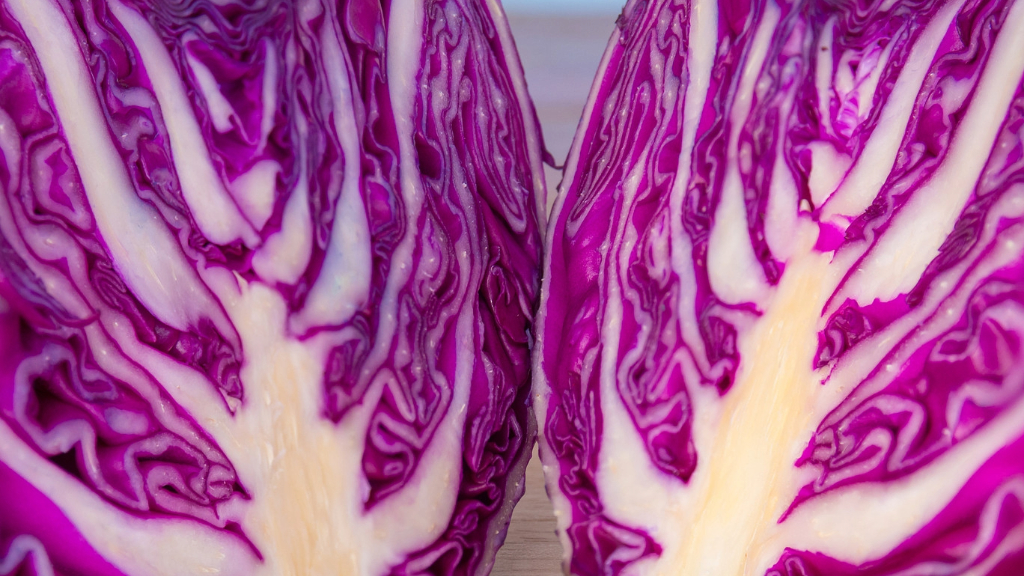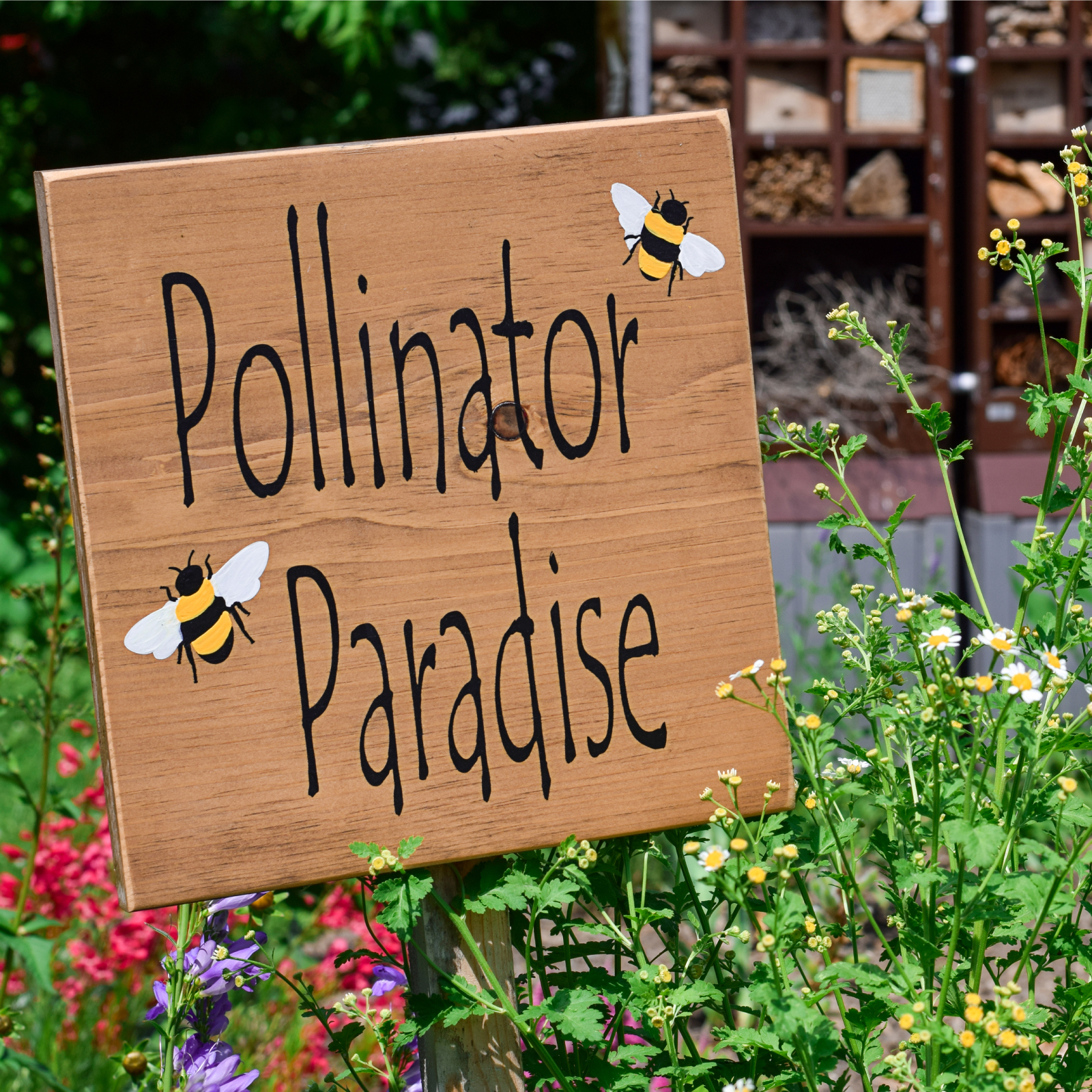Information On Kaibos Red Cabbage


Kalibos cabbages are red cabbages unlike any others. Smaller than other red cabbages, Kalibos matures faster than its cabbage cousins. The leaves don't have that thick stiffness of most regular red cabbages but are sweet and tender, perfect for coleslaw. If you are thinking of planting heirloom cabbage plants, Kaibos red cabbage may be just perfect for you.
Kaibos Red Cabbage Information
Kaibos is an Eastern European red cabbage, with softer leaves that still crunch nicely. As red as any cabbage around, Kalibos is delightful to eat and easy to grow. It's also a lovely vegetable in the garden, very graceful with the shape of a large rose bud. Each long, conical head of Kalibos is about 2 pounds. Mild and sweet, Kalibos keeps well in your pantry, giving you cabbage for autumn and for winter as well. It's excellent chopped or shredded in slaw and it keeps its color when you cook it.
Growing Kaibos Cabbage
Kaibos cabbage is just as easy to grow as any summer cabbage. Sow those Kaibos seeds from March to May in a large garden plot. These cabbage plants are large and spread wide, and the vegetables have large 'guard' leaves. So don't think of planting it in containers or tiny rows. However, a new variety called Kaibos Improved is smaller and will work well for space-limited gardens. Like all summer cabbage, Kaibos is best harvested in late summer or fall. Count about 70 days from the time you transplant seedlings into your garden until the time you pick the mature veggies. If your climate offers only a short growing season, plant these heirloom cabbage seeds indoors in pots to give them a head start. For best results, invest in equipment to provide bottom heat and overhead grow lights. If you take this route, don't forget to "harden off" the seedlings before planting them outside. This means that you want to put the seedlings outdoors for limited periods of time as planting season approaches. You can lengthen the amount of outdoor time each day. Start with a few hours a day, then work up to an overnight stay.
Gardening tips, videos, info and more delivered right to your inbox!
Sign up for the Gardening Know How newsletter today and receive a free copy of our e-book "How to Grow Delicious Tomatoes".

Teo Spengler is a master gardener and a docent at the San Francisco Botanical Garden, where she hosts public tours. She has studied horticulture and written about nature, trees, plants, and gardening for more than two decades. Her extended family includes some 30 houseplants and hundreds of outdoor plants, including 250 trees, which are her main passion. Spengler currently splits her life between San Francisco and the French Basque Country, though she was raised in Alaska, giving her experience of gardening in a range of climates.
-
 What Is A Pollinator Garden? Grow Gorgeous Blooms While Benefiting Your Local Ecosystem
What Is A Pollinator Garden? Grow Gorgeous Blooms While Benefiting Your Local EcosystemPollinator gardens look great and also provide a diverse ecosystem that benefits your local pollinating insects and animals. Get started today with this guide!
By Bonnie L. Grant
-
 5 Tough Urban Trees That Thrive In Cities – Top Picks For Urban & Suburban Landscapes
5 Tough Urban Trees That Thrive In Cities – Top Picks For Urban & Suburban LandscapesExplore the best urban trees that will add value to even the most challenging of landscapes. Get growing with these ideas and enjoy all the benefits of trees.
By Teo Spengler